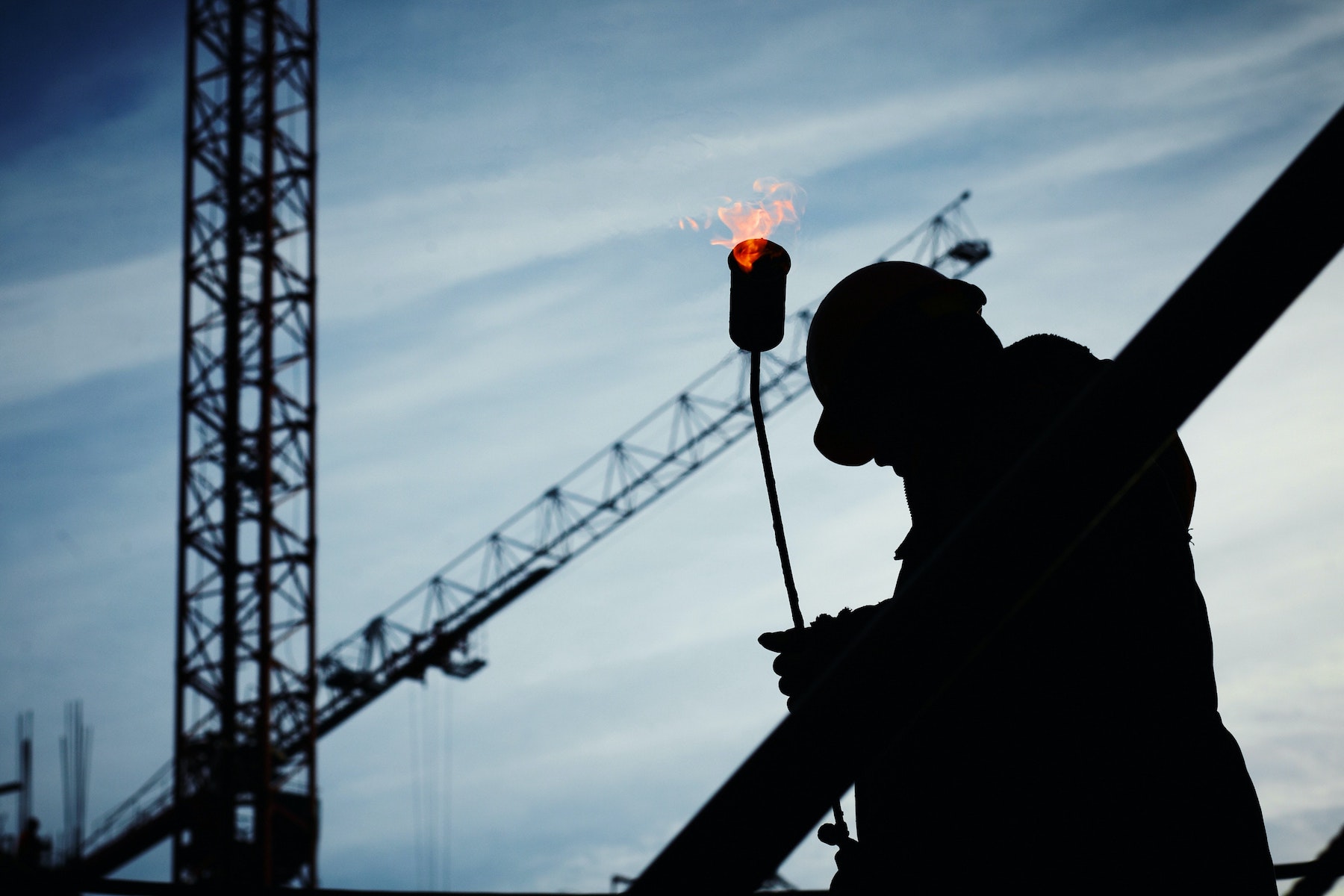New Buildings Institute (NBI) has released the Existing Building Decarbonization Code. NBI bills the document as “a new way for jurisdictions to reduce carbon emissions and meet climate action plan goals and interconnected goals around public health and equity.”
New construction represents less than 2% of building activity in any given year, NBI says, “leaving a vast opportunity to update technologies in the current building stock. By requiring existing buildings to be more energy efficient, cities could cut about 30% of all urban emissions by 2050.”
NBI’s released the Building Decarbonization Code—the first off-the-shelf solution for jurisdictions to transform energy codes into decarbonization codes for new buildings—in February 2020. Expanding on that platform, the Existing Building Decarbonization Code adds provisions for existing buildings covering both residential and commercial buildings, including all-electric and mix-fuel energy use pathways.
The new code provisions have been crafted to match reasonable and effective decarbonization strategies with replacement events. The code outlines strategies to pair key opportunities to decarbonize—including change of occupancy, additions, and alterations—with additional efficiency measures.
The Existing Building Decarbonization Code also incorporates trigger events and solutions for the inclusion of grid integration measures including renewable energy production, electric vehicles, and battery storage.
Related Stories
| Nov 19, 2013
Pediatric design in an adult hospital setting
Freestanding pediatric facilities have operational and physical characteristics that differ from those of adult facilities.
| Nov 18, 2013
6 checkpoints when designing a pediatric healthcare unit
As more time and money is devoted to neonatal and pediatric research, evidence-based design is playing an increasingly crucial role in the development of healthcare facilities for children. Here are six important factors AEC firms should consider when designing pediatric healthcare facilities.
| Nov 18, 2013
How do construction professionals use social media?
LinkedIn is the social network used by most construction professionals, according to the results of a newly released national survey conducted by the Construction Marketing Association.
| Nov 17, 2013
Meet up with the BD+C team at Greenbuild. Drinks are on us!
To all our friends in the AEC industry, you are cordially invited to join the BD+C team at several fun events during the Greenbuild show this week. No RSVP required. Just show up and enjoy.
| Nov 15, 2013
Halls of ivy keep getting greener and greener
Academic institutions have been testing the limits of energy-conserving technologies, devising new ways to pay for sustainability extras, and extending sustainability to the whole campus.
| Nov 15, 2013
Pedia-Pod: A state-of-the-art pediatric building module
This demonstration pediatric treatment building module is “kid-friendly,” offering a unique and cheerful environment where a child can feel most comfortable.
| Nov 15, 2013
Insurance rates continue to rise for U.S. construction firms
Pricing for contractors general liability, project-specific general liability, umbrella and excess liability, workers’ compensation, and residential construction insurance was up between 3% and 7% on average during the first half of the year, according to Marsh’s Construction Market Update—First Half 2013.
| Nov 15, 2013
Metal makes its mark on interior spaces
Beyond its long-standing role as a preferred material for a building’s structure and roof, metal is making its mark on interior spaces as well.
| Nov 13, 2013
Government work keeps green AEC firms busy
With the economy picking up, many stalled government contracts are reaching completion and earning their green credentials.
| Nov 13, 2013
First look: Renzo Piano's addition to Louis Kahn's Kimbell Art Museum [slideshow]
The $135 million, 101,130-sf colonnaded pavilion by the famed architect opens later this month.

















